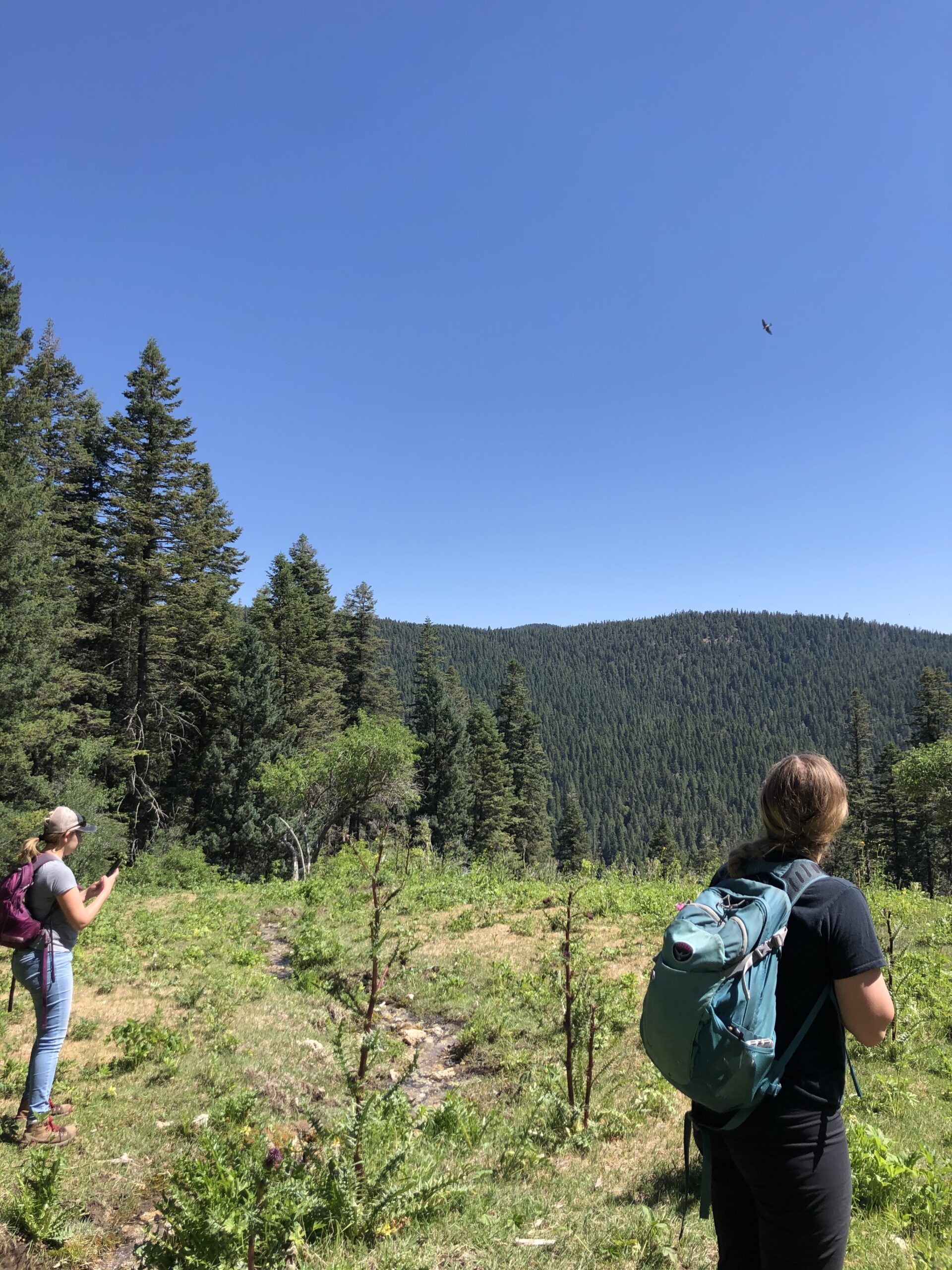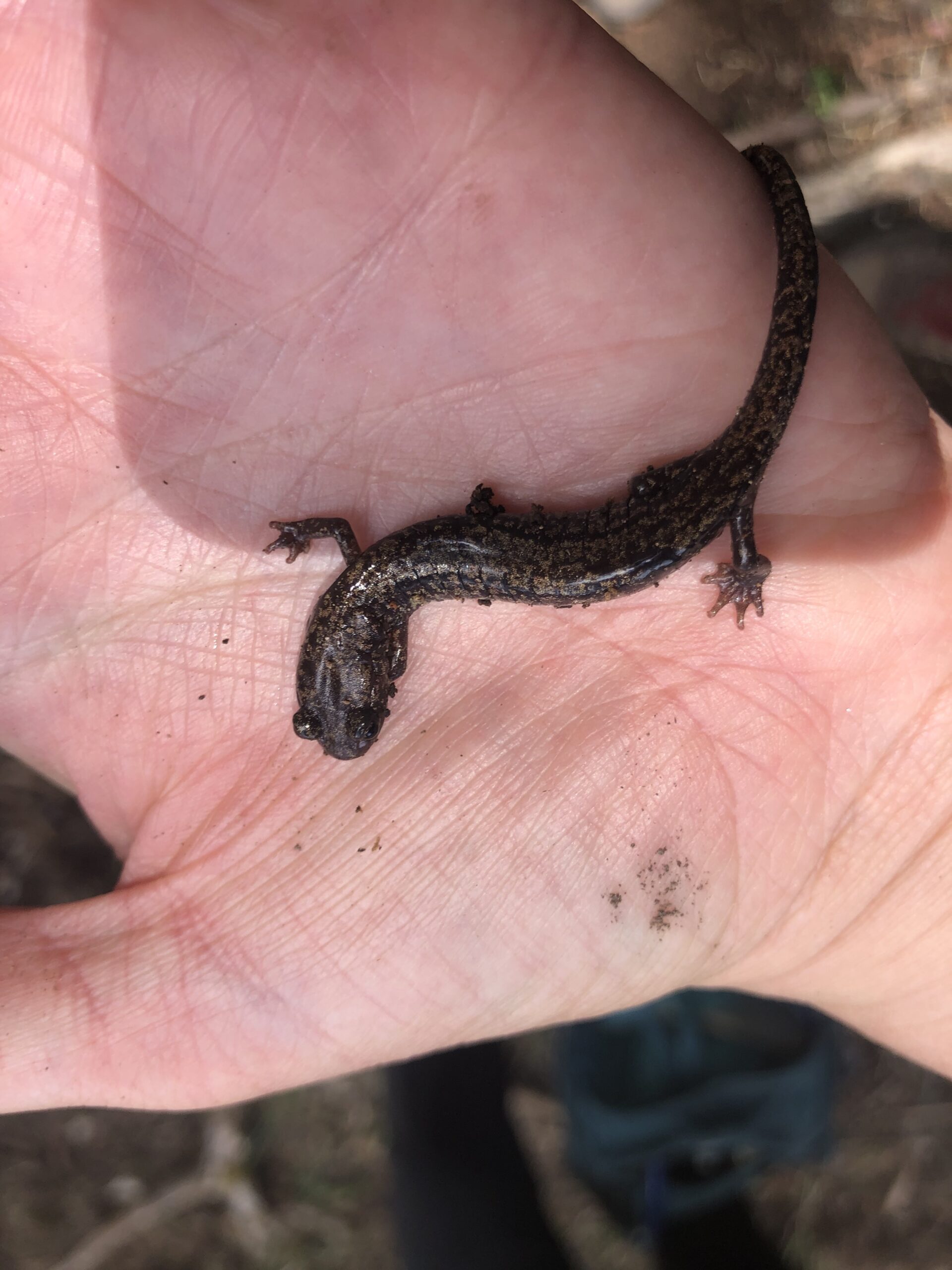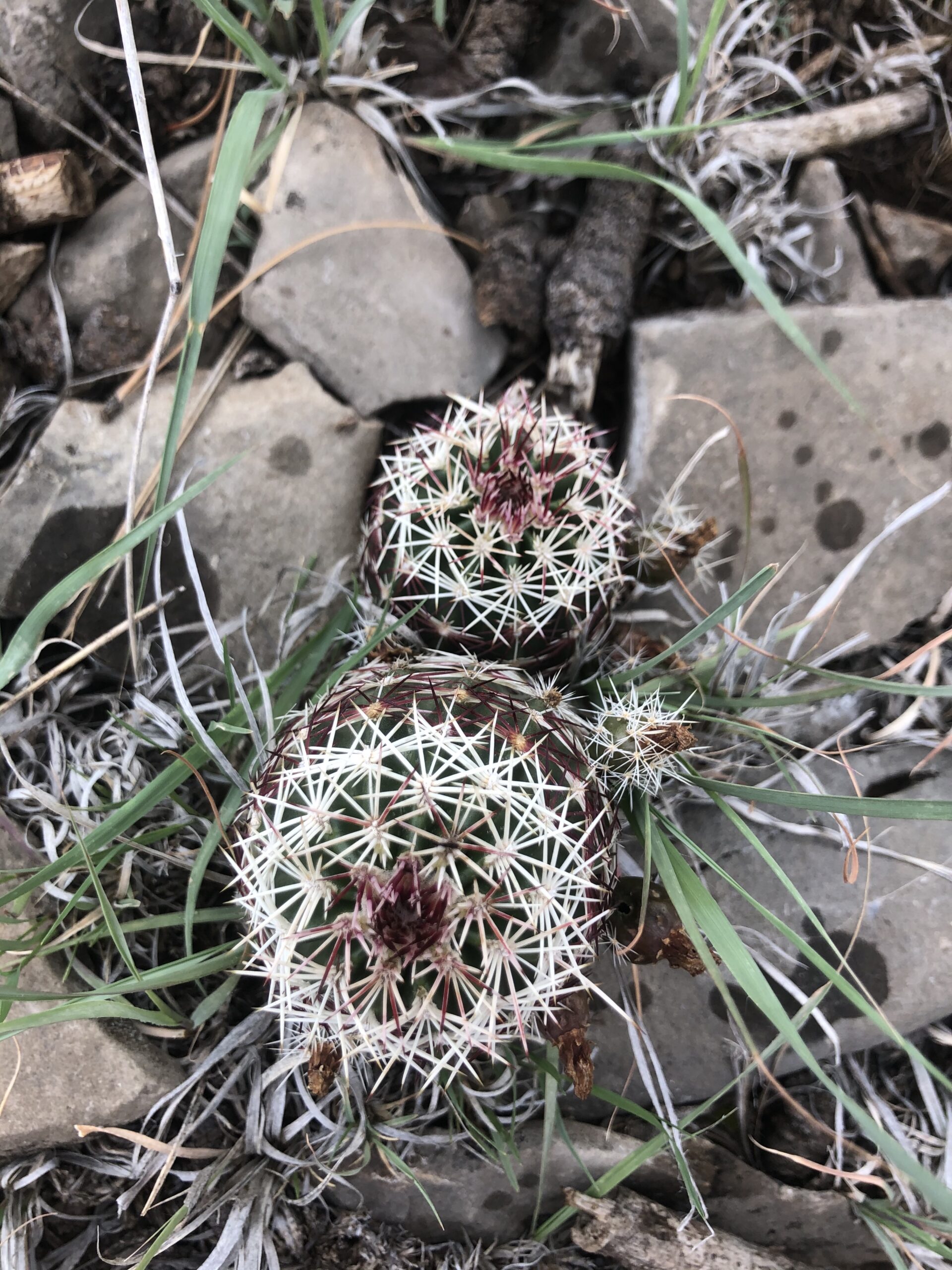Hello from Alamogordo!
My name is Julie and I am one of two CLM interns working at the Lincoln National Forest in the Sacramento Mountains of Alamogordo, NM. We arrived in New Mexico back in June, and because of COVID-19 had to quarantine for two weeks. But since then we have been able to be out in the field almost every day and have not had many COVID related issues because of the outdoor nature of the internship.
Using a GPS and our own two feet, we conduct botany surveys by systematically moving through areas of the National Forest searching for and recording locations of different rare plant species with the hopes of protecting as many of their populations as possible. Some of the plants we have been focusing on are Tall milkvetch (Astragalus altus), Wooton’s alumroot (Heurchera wootonii), Wooton’s hawthorn (Crataegus wootoniana), and Sacramento Mountain Thistle (Cirsium vinaceum).


The beginning of July signified the beginning of the New Mexican monsoon season, which brings big thunderstorms into the mountains almost every afternoon from July-September.
A few weeks ago, Emma, my co-intern, and I were in a new survey plot area of 6,000-acres. This was our first big survey plot that was not along a trail, so we were eager to start tackling this massive area and find some rare plants. When we got out to the survey area, we discovered it was rocky and dry, populated by juniper and piñon pine. We were up on top of a peak, in relatively exposed area with very few tall trees, when clouds roll in and we hear the rumbles of thunder. Staying off the tall, exposed peaks, we kept surveying, even when the rain started. The road that we had taken to reach this remote area was a dusty, rocky road that would more or less turn into a mud slide in the rain. We became increasingly aware of this fact the heavier the rain got and the longer we stayed out there.

As the rain increased, the small dirt roads became more flooded, and the lightning flashed overhead, we were forced to call it for the day. So, we climbed in our truck and started to inch our way out through the muddy roads. Eventually, after moving at a snail’s pace through the mud, we made it out safe and sound (though very damp) and still got a good start on our survey plot that day.
What a great introduction to the monsoon season and the big weather in the Sacramento Mountains!




